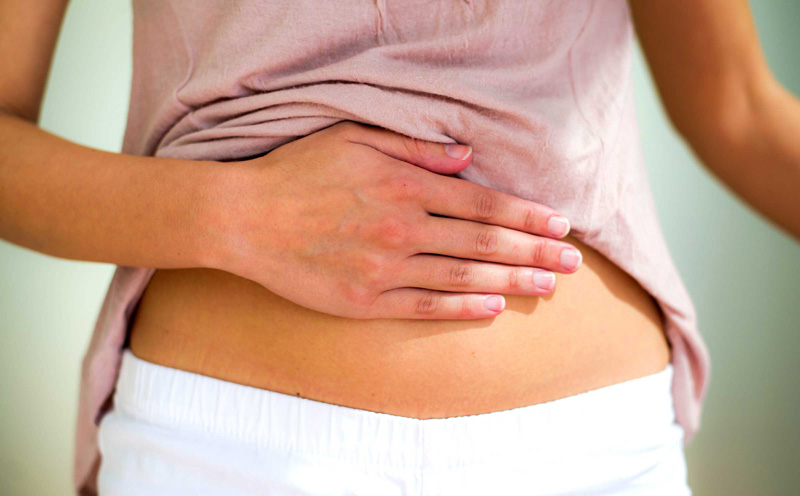Wisdom Teeth

Most people get their wisdom teeth, the third and final set of molars in their early twenties or late teens. The properly aligned and healthy teeth are a valuable asset to the mouth. However, they are mostly misaligned and require removal.
The misaligned wisdom teeth might position themselves horizontally, be angled inward or outward or angled toward or away from the second molars. Improper alignment of wisdom teeth can damage or crowd adjacent teeth, nerves or the jawbone.
Wisdom teeth infections can also be impacted as they are enclosed within the soft tissue or the jawbone or erupt through or partially break through the gum. The partial eruption of the wisdom teeth enables an opening for bacteria to enter around the teeth leading to infection. Which would result in swelling, pain, general illness and stiffness of jaw. Teeth erupted partially are more prone to gum disease and tooth decay due to their awkward positioning and hard to reach the location that makes flossing and brushing difficult.
How to know about wisdom teeth?
You can ask your dentist about the their positioning. The presence and alignment of the teeth can be evaluated by taking the X-ray periodically. Your dentist might refer you to an oral surgeon for additional evaluation. The oral surgeon or dentist might recommend extracting these even before the problem arises. This is to avoid the painful or complicated extraction that would have to be done in the later time period. The removal of these is easier when the root of the teeth is not fully developed and the bone is less dense basically in the young people. It tends to take a long time for healing and recovery in older people.
Procedure of Removal of wisdom teeth:
The stage of development and the position makes the extraction of the teeth easy for the oral surgeon or dentist. The wisdom tooth that has completely erupted through the gum can be easily extracted like the other tooth. The wisdom tooth is embedded in the jawbone and underneath the gums. The extraction of the tooth is carried in small sections.









